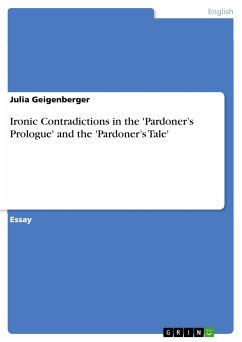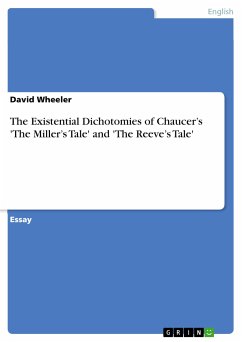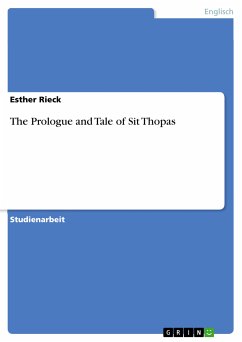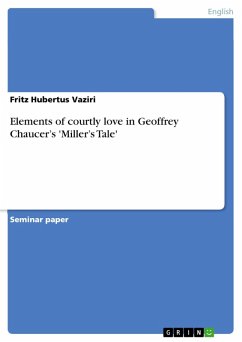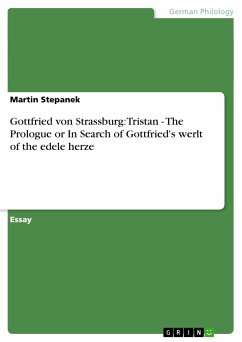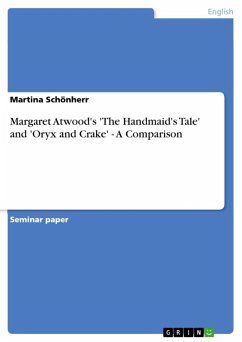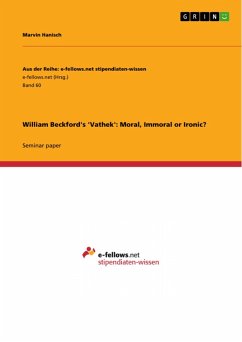Essay from the year 2007 in the subject English Language and Literature Studies - Literature, grade: B+ (79%), Bishop's University Lennoxville, language: English, abstract: The Pardoner's Prologue and Tale by Geoffrey Chaucer can be seen as an outstanding example of a jape. The shrewd Pardoner thinks he is able to play a game of confidence with the other pilgrims. According to the Middle English Dictionary, the noun "japerie" can also contain the meaning of irony, which is also true for the Prologue and the Tale. At the heart of the definition of irony lies incongruity or contradiction. The Oxford English Dictionary defines irony as: firstly, "[a] figure of speech in which the intended meaning is the opposite of that expressed by the words used; .... [secondly a] condition of affairs or events of a character opposite to what was, or might naturally be, expected; a contradictory outcome of events as if in mockery of the promise and fitness of things (87). The Pardoner's Prologue and the Pardoner's Tale provide many facets illustrating ironic contradiction. Particularly interesting is to analyze the Pardoner himself, as he is definitely contradictory in his behaviour as well as in his statements. An analysis of the Pardoner's presentation in his Prologue reveals the contradictions and the irony in the exemplum he chooses for his tale. The exemplum's characters and actions not only mirror the ambiguous and complex character of the Pardoner, but also contain several instances of irony. Based on that, one can see how the Pardoner's leitmotif, "Radix malorum est Cupiditas" (l. 334) unifies the ironic contradictions of the Prologue and of the Tale.
Dieser Download kann aus rechtlichen Gründen nur mit Rechnungsadresse in A, B, BG, CY, CZ, D, DK, EW, E, FIN, F, GR, HR, H, IRL, I, LT, L, LR, M, NL, PL, P, R, S, SLO, SK ausgeliefert werden.

